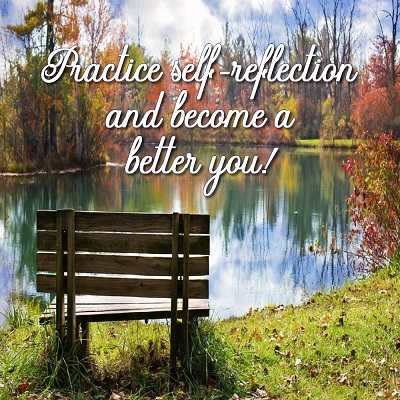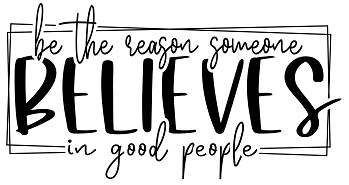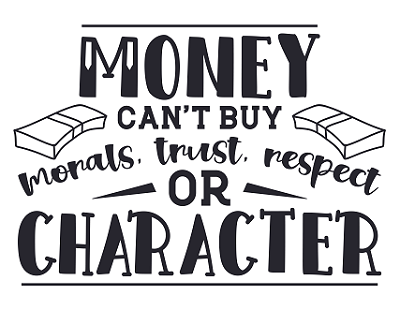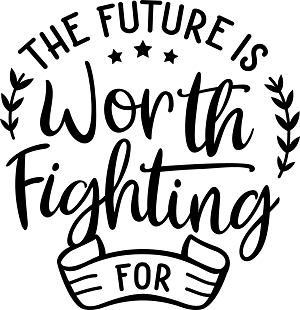 Self-reflection is the emotional skill of thinking about yourself. Many people think about themselves in terms of their image. Other people think about themselves in terms of what they want or need. Other people ponder about themselves when they do something wrong.
Self-reflection is the emotional skill of thinking about yourself. Many people think about themselves in terms of their image. Other people think about themselves in terms of what they want or need. Other people ponder about themselves when they do something wrong.
All of these are parts of healthy self-reflection. Most people get it wrong by only focusing on one of these aspects. That can lead you to focus on things that aren’t important or convince yourself of things that aren’t true. Fortunately, there are a couple of things that you can do to practice healthy self-reflection.
Mindfulness Meditation
An excellent way to practice self-reflection is through mindfulness meditation. An essential part of mindfulness is about paying attention to your thoughts. It’s related to self-reflection but not exactly the same. Self-reflection is more holistic, and mindfulness is a tool to use to achieve it.
There are more difficult forms of mindfulness meditation that work on calming what some people call the “monkey mind” — the thoughts that are always running through your mind. Until you practice mindfulness meditation, you might not even be aware of them, but they can still have a powerful impact on your attitude.
Right now, though, we’re going to look at meditation as a way of understanding the monkey mind, to better understand yourself. To do this, sit or lie down comfortably. There’s no “right” way to do this kind of meditation, so experiment with it until you’ve found out what’s best for you. You may close your eyes, but some people like to have a focal point like a candle flame or art featuring a geometric pattern.
You can also meditate in silence or with calming music, usually something without words. Some kinds of meditation involve focusing on one thing or trying to keep a clear mind.
Here, the idea is to allow your thoughts to flow like they usually would. The first time that you “catch a thought,” think about it for a bit and then let it go. Repeat this process a couple of times and see if you can find any patterns.
Are there any ideas or topics that your mind keeps returning to? Are these things that are important to you? Should they be? How do you think about these ideas?
This can be a great way to understand significances and mindsets that your mind has internalized. You can then determine if your priorities are in an order that you approve of when you pay attention to them.
Stream of Consciousness Journaling
If meditation isn’t for you, another useful method is called “stream of consciousness journaling.” In this method, you sit down and write whatever is on your mind.
You may set a timer for a set amount of time or just write until you feel like you’ve run out of things to say. Some people like to use a pen or pencil and paper because they find it more “organic” or “genuine.”
Other people like to use a computer because you don’t need to stop writing to do things like turn the page over. It can also be helpful to have a theme in mind to write about, like your day, or an event that recently happened to you.
As with meditation, there’s no one way to do this, so try messing around with it and seeing what’s right for you. Stream of consciousness journaling works a little bit differently than mindfulness meditation.
With stream of consciousness journaling, the idea is not to stop and analyze your thoughts until you’re done writing. When you have finished, then you can go back and read what you wrote. Just like with mindfulness meditation, look for themes in your thoughts.
Using What You Learn
You might not like what you find when you first start practicing self-reflection, but that’s okay. The purpose of self-reflection is to make sure that the person that you are, behind your eyes, is the person that you want to be in your heart. It’s much easier to become a better person when you know who you are when you aren’t looking.
After enough time practicing mindfulness meditation or stream of consciousness journaling, you will start to become more aware of your thoughts as you go through your day rather than just when you sit down to think about them.





